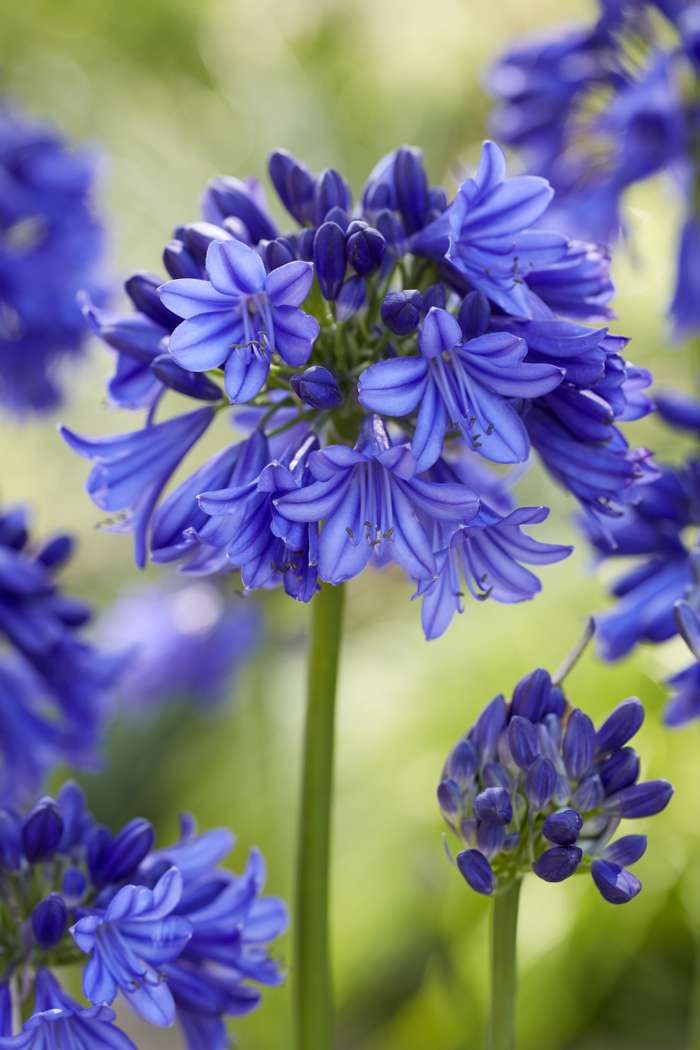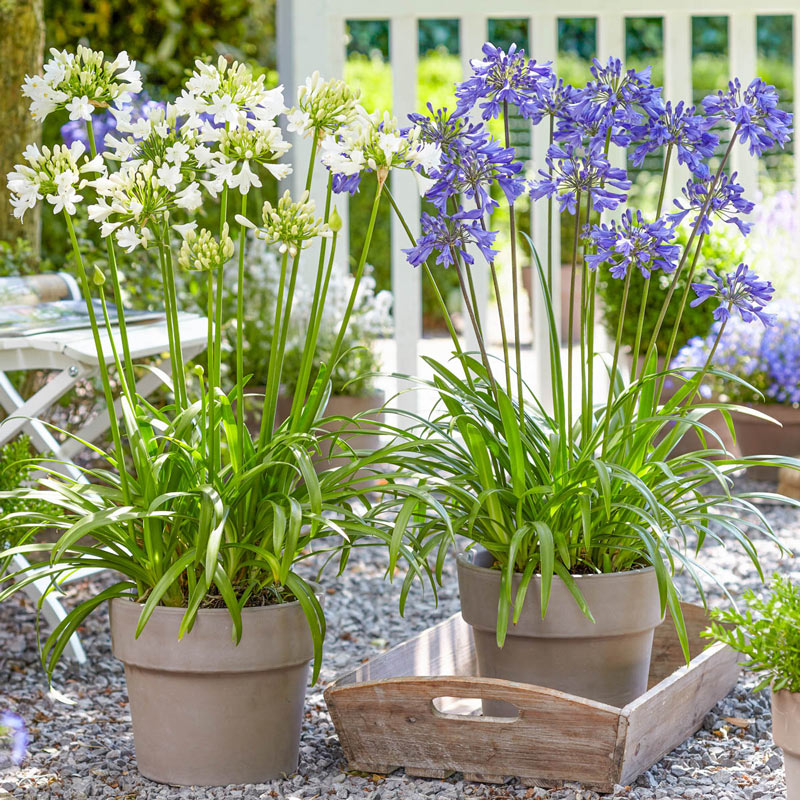Agapanthus Proliferation: Tips for Expanding Your Plant Collection
Agapanthus Proliferation: Tips for Expanding Your Plant Collection
Blog Article
Grasping the Art of Agapanthus Care: Essential Steps for Healthy And Balanced Development and Vivid Blossoms
In the realm of horticulture, the growing of agapanthus stands as a fulfilling venture for those that look for to nurture these sophisticated blooming plants. With their striking flowers and stylish vegetation, agapanthus has actually recorded the attention of garden enthusiasts worldwide. However, achieving optimal growth and dynamic blossoms needs a nuanced technique that includes different crucial actions. From choosing the ideal range to grasping pruning techniques, the trip towards cultivating flourishing agapanthus plants is multifaceted and holds the key to unlocking the complete capacity of these herb gems.

Picking the Right Agapanthus Variety

When selecting the best Agapanthus selection for your garden, think about aspects such as environment suitability, flower shade, and growth practice. Agapanthus, generally known as Lily of the Nile or African lily, can be found in a selection of colors ranging from shades of blue and purple to white. Pick a bloom shade that matches your existing garden palette to develop a harmonious landscape. Furthermore, take into consideration the climate in your region to ensure the Agapanthus range you choose can prosper in your certain conditions. Some varieties are extra forgiving of cold temperature levels, while others choose warmer climates. Recognizing the development habit of different Agapanthus varieties is essential for appropriate positioning within your garden. Some ranges have a clumping development routine, perfect for borders or containers, while others have a more spreading nature, appropriate for ground cover or mass plantings. By carefully evaluating these elements, you can pick the best Agapanthus variety to improve the beauty of your yard.
Ideal Growing Conditions
Thinking about the optimum ecological requirements is necessary for successful Agapanthus growing. Agapanthus thrives in well-draining soil with a slightly acidic to neutral pH degree. When planting, select a place that gets full sunlight to partial color. In hotter climates, giving some afternoon shade can prevent scorching of the fallen leaves. Agapanthus plants are sensitive to cold temperatures and need to be safeguarded from frost throughout wintertime months.
To ensure healthy growth and vivid blossoms, plant Agapanthus light bulbs at a depth of regarding 2-4 inches and area them 8-12 inches apart. Mulching around the base of the plants assists retain moisture and subdues weed development.
Watering and Fertilizing Tips
Maintaining proper moisture degrees and giving essential nutrients are key components in the care routine for Agapanthus plants. When it involves watering Agapanthus, it is critical to strike a balance. If overwatered, these plants like regularly moist soil yet are prone to root rot. During the expanding period, water deeply when a week, guaranteeing the dirt is well-draining to avoid his explanation waterlogging. In hotter environments or during durations of dry spell, more constant watering may be required to keep the soil equally moist. Nonetheless, lower watering in the wintertime to avoid water logged conditions.
Fertilizing Agapanthus is crucial for promoting healthy growth and respected blossoms. Use a well balanced plant food, such as a 10-10-10 formula, in the very early springtime as brand-new growth emerges. By complying with these watering and feeding pointers, you can ensure your Agapanthus plants flourish and create lively, durable blooms.
Pruning Techniques for Agapanthus
Pruning Agapanthus plants at the proper times and with correct strategies is essential for maintaining their health and promoting optimal growth and flowering. The perfect time to trim Agapanthus remains in late winter season or very early spring before new growth emerges. Start by removing any dead or yellowing leaves near the base of the plant. Cut them as close to the ground as possible without damaging the emerging shoots.
Deadheading invested flowers can also reroute the plant's energy right into producing even more flowers rather than establishing seeds. If you want to accumulate seeds for proliferation, leave some flowers to mature and dry on the plant.
Bear in mind to make use of clean, sharp tools to make specific cuts and reduce the threat of introducing conditions. Agapanthus. Routine pruning will certainly help maintain your Agapanthus looking neat and healthy and balanced while making certain an abundant display screen of attractive flowers
Dealing With Usual Parasites and Conditions
After ensuring appropriate trimming strategies for Agapanthus, it is essential to deal with typical parasites Get More Info and conditions that can impact the health and wellness and vitality of these plants. One typical parasite that influences Agapanthus is the Agapanthus gall midge.
In addition, Agapanthus plants can endure from origin rot if they are planted in badly draining dirt. By being cautious and taking punctual action versus diseases and pests, you can aid your Agapanthus plants grow and create vibrant blossoms. Agapanthus.

Conclusion
In verdict, mastering the art of agapanthus care entails choosing the right range, giving perfect planting problems, appropriate watering and visit the site fertilizing, appropriate pruning methods, and addressing usual bugs and diseases. By adhering to these crucial steps, you can ensure healthy and balanced growth and dynamic flowers for your agapanthus plants. Remember to routinely check and keep your plants to advertise their general wellness and long life.
To make certain healthy development and lively blooms, plant Agapanthus light bulbs at a deepness of about 2-4 inches and area them 8-12 inches apart. By following these watering and feeding tips, you can guarantee your Agapanthus plants flourish and create vivid, resilient blossoms.
One typical pest that affects Agapanthus is the Agapanthus gall midge. In addition, Agapanthus plants can suffer from root rot if they are planted in poorly draining pipes dirt. By complying with these essential steps, you can ensure healthy growth and lively flowers for your agapanthus plants.
Report this page